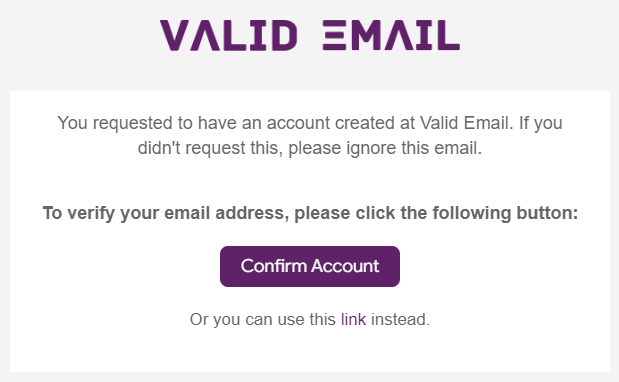4 TIPS TO HELP PREVENT TYPOGRAPHICAL ERRORS IN EMAILS
TL;DR:
The blog addresses the importance of preventing typographical errors in email addresses to maintain a good sender reputation. It offers four recommended practices, including double-entry email address verification, sending a confirmation email, providing social media registration options, and motivating users to provide valid email addresses. Avoiding these errors is crucial to prevent bounces and ensure that emails reach recipients' inboxes.
When it comes to your sender reputation, you've been careful. You've followed best practices: You're aware that this affects how the digital gatekeepers at Gmail, Yahoo, and other email providers view your sending domain.
- Responding promptly to unsubscribe requests.
- Implementing an opt-in strategy.
- Removing inactive email addresses.
- Thoroughly reviewing bounce codes.
- Making it worth recipients' while to open and click on some of your email links.
- Before you start sending emails from a new IP address, develop and implement a warm-up strategy.
However, you might not have thought about your subscription form, as it has the potential to harm your recipient list and damage your sender reputation. It's the first line of defense to ensure that your customers provide correct email addresses.
An incorrect character in an email address can lead to a bounce or place your message in the wrong person's inbox, which might lead to them clicking the unsubscribe link, marking it as spam, or simply never opening the email. All these outcomes negatively impact your sender reputation, which hinders your ability to get email messages into your customers' inboxes.
But don't worry: here are 4 recommended practices that will help you avoid typographical errors in your customers' email addresses when they fill out your subscription form.
1. Have them enter their email address twice and then confirm that the two entries match.
It's a fairly typical strategy to ensure an email address is correct, but take it a step further by preventing them from copying and pasting from the first email field to the second. With this method, you can be confident that the email address is correct because there's a good chance that if the user entered it incorrectly on their first try, they will enter it correctly on their subsequent attempts. They will then be notified if the addresses don't match, and they can resolve the issue.
This may add some friction to your registration process and could increase abandonment rates, but if you've had issues with typographical errors in email addresses or foresee it being a problem, it's likely a trade-off worth making.
2. Send an opt-in message to the email address to confirm it.
Many companies avoid doing this because it adds a step to the registration process and increases the likelihood that users might miss the email or never see it. They will then be left wondering what happened to what they agreed to, and they may vent their frustration on social media and other websites.
We understand why it's better to simply take the email address they provided and add it to your list, but opt-in is a good way to verify that it's correct. If you decide to implement such an email, this Valid Email verification is a good source of inspiration. It has a convenient button, along with a link that can be copied and pasted.


3. Offer a social media registration option
If they're not already logged into that social media account on that device, offer a one-click alternative that's as frictionless as possible. This is the beauty of allowing users to register with a social media account. Plus, you know it's highly likely that the email address they've provided to the social media service is correct.
However, many people opt out of email notifications for social media in favor of device alerts, so they might not be using the email address they signed up with many years ago for the service. Your sender reputation could be affected if the old email address is no longer active, now belongs to someone else, or the previous owner no longer checks it regularly.
If you offer a social media registration option, be sure to provide a standard registration form as well, as some people may be hesitant to grant strangers access to their social media accounts, regardless of how good your intentions may seem.
4. Encourage users not to register with a fake email address.
No matter what you do to prevent errors in email addresses, occasionally someone will register for your services using fake email addresses or so-called temporary emails. This allows them to meet their needs without dealing with promotional emails or questioning the legitimacy of the website.
In reality, some services allow users to create an email account solely for the purpose of clicking on a confirmation link or completing a similar task. Once they do, you'll have an email address in your database that appears legitimate and starts bouncing, which will damage your sender reputation.
Make sure to be upfront about how often you'll email them once they've signed up to avoid this issue. Specifically, that they won't hear from you unless they need to take a certain action, such as changing their password, as most people will appreciate it.
Offering options to consumers, such as message frequency and the type of contact, can help them feel more at ease even if you're going to send them commercial messages and solicited emails. Someone who's thinking about using these services may be more willing to provide their real address if they know you'll only email them in response to specific account behaviors.